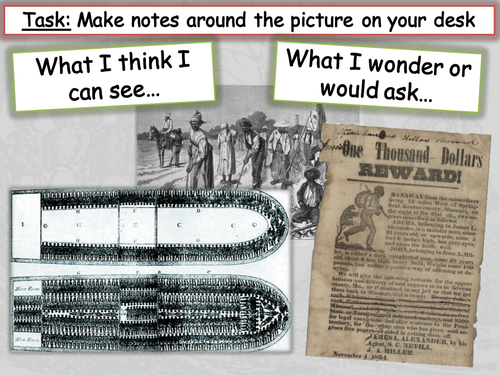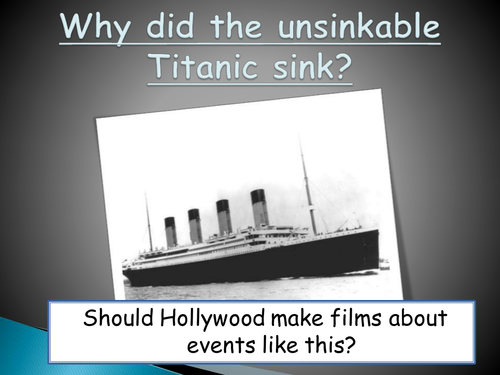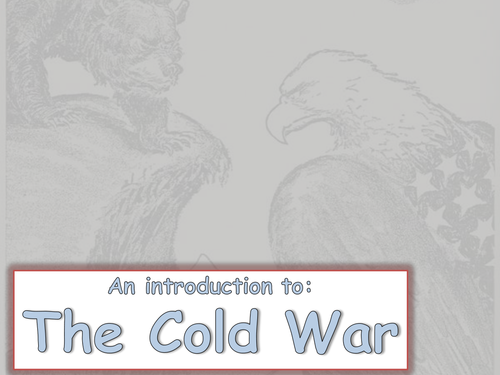
44Uploads
172k+Views
803k+Downloads
All resources

The worst jobs in History - Tudor Times
Lesson that accompanies Tony Robinson's "Worst Jobs in History - Tudor Times" video (available in 6 parts on youtube). The table can be completed by students during the video or they can gather the information afterwards (ppt slides would therefore need to be printed and passed around or put around the classroom). Extension activity on the back of the table and whole class vote and justification as plenary.

Worst Jobs in History generic table to accompany video
Generic and adaptable table that can used alongside any episode of Tony Robinson's "Worst Jobs in History" series. Used with a low ability year 7 class and did require pausing the video to write job titles onto the whiteboard. Students enjoyed thinking carefully and making decisions about what may have been not so unpleasant about particular jobs, and how good it might have been to have even had a job at some points in History.

Evacuation during WWII - perfect for cover
Lesson could form part of the study of the Home Front during WWII, with focus on the topic of Evacuation and the experience of three evacuees. Simple introduction to the reasons behind evacuation with an accessible main activity that focuses on literacy and independent working. Would be perfect for a cover lesson, and the A3 sheet has two creative extension activities on the back. The Ppt also contains a link to a video of inner-city London Primary school students reading the letters of evacuee children of matching ages, which could prompt a discussion about how young people in our society would cope (better or worse?) with evacuation. Extension letter writing activity is also included on Ppt.

Slavery Mythbusters History lesson
A lesson that could be used at the start or end of a Slavery topic in History. Lesson aims to challenge student misconceptions about slavery and emphasises the importance of challenging accepted 'myths' that people tend to believe. Extension activity included in the Ppt (not on the lesson plan) challenges students to write a paragraph justifying their view about whether 'myths about slavery hold any truth', with National Curriculum Levels and potential for Peer Assessment.

The Titanic Disaster - who was to blame?
A Ppt that covers potentially 4+ lessons on the Titanic disaster, building towards an assessment. Ppt includes an introduction to the Titanic, background activity, an analysis of James Cameron's version of the sinking (which will require clips from the film to be shown) and leads students to make their own decision about who was ultimately to blame for the disaster and loss of life. This short topic could end with an assessed piece of writing in which students make their own decision about assigning blame (an introduction to the assessment and differentiated writing frames are included).

Britain since 1945
4 lessons for the mini-topic "Britain since 1945". Would suit higher ability year 9, 10 or 11 or could be used as a straight forward introduction to AS Level. Lesson 1 focuses on the fall of the Conservatives after WW1. Students gather information and rank the reasons they believed caused the post-WW1 decline of the Tory party. Lesson 2 aims to enable students to investigate the rise of the Labour party and the establishment of the Welfare State, as students will have to work together to extract information and support eachother. Lesson 3 mirrors lesson 1 and gives focus to the fall of the Labour Party, Clement Atlee's role and the years of Conservative power that followed, with an independent work sheet and the analysis of a cartoon. Lesson 4 recaps lesson 3, and the gives focus to the shift in teenage subcultures in the 1950s and 60s. Information gathering and potential to lead to interesting discussions of teenage subcultures today. Includes an optional homework to finish the unit.

Introduction to the Cold War - 20 minute interview lesson
A 20 minute lesson designed for impressing an interview class, it keeps students focussed and puts the onus on them to take responsibility for introducing themselves to this important topic. This lesson would work as an introduction to the topic of the 'Cold War'. The starter activity is layers of inference around Bruce Russell’s 1945 cartoon, “Time to bridge the Gulch”. The main task is a 'Find someone who...' activity, which promotes literacy, individual and group work, and ensures that all students take responsibility for their learning and the learning of others. The extension task is included on the worksheet and in the lesson plan, and plenary task rounds back to the starter cartoon and any new comments or questions students may have.

GCSE History B Unit 1 - Peacemaking 1918–1919 and the League of Nations - whole topic
A series of 11 lessons covering the 'Peacemaking 1918–1919 and the League of Nations' section of Unit 1.
I have split the lessons into three presentations, with PPT 1 covering the Treaty of Versailles, the aims and reactions of the 'big 3', the international reaction, PPT 2 covering the weakness of the Treaty, the formation of the League of Nations and its weaknesses, and finally PPT 3 covers the two international crises that crippled the LON and ends with a revision lesson, AFL of how to answer GCSE History questions and an assessment (a 4, 6 and 10 mark question on this topic).
I have uploaded the booklet to accompany this topic in my free uploads, which is what the page numbers mentioned throughout the presentations relates to. I have found that students find having a booklet to annotate and keep notes in has been invaluable.








